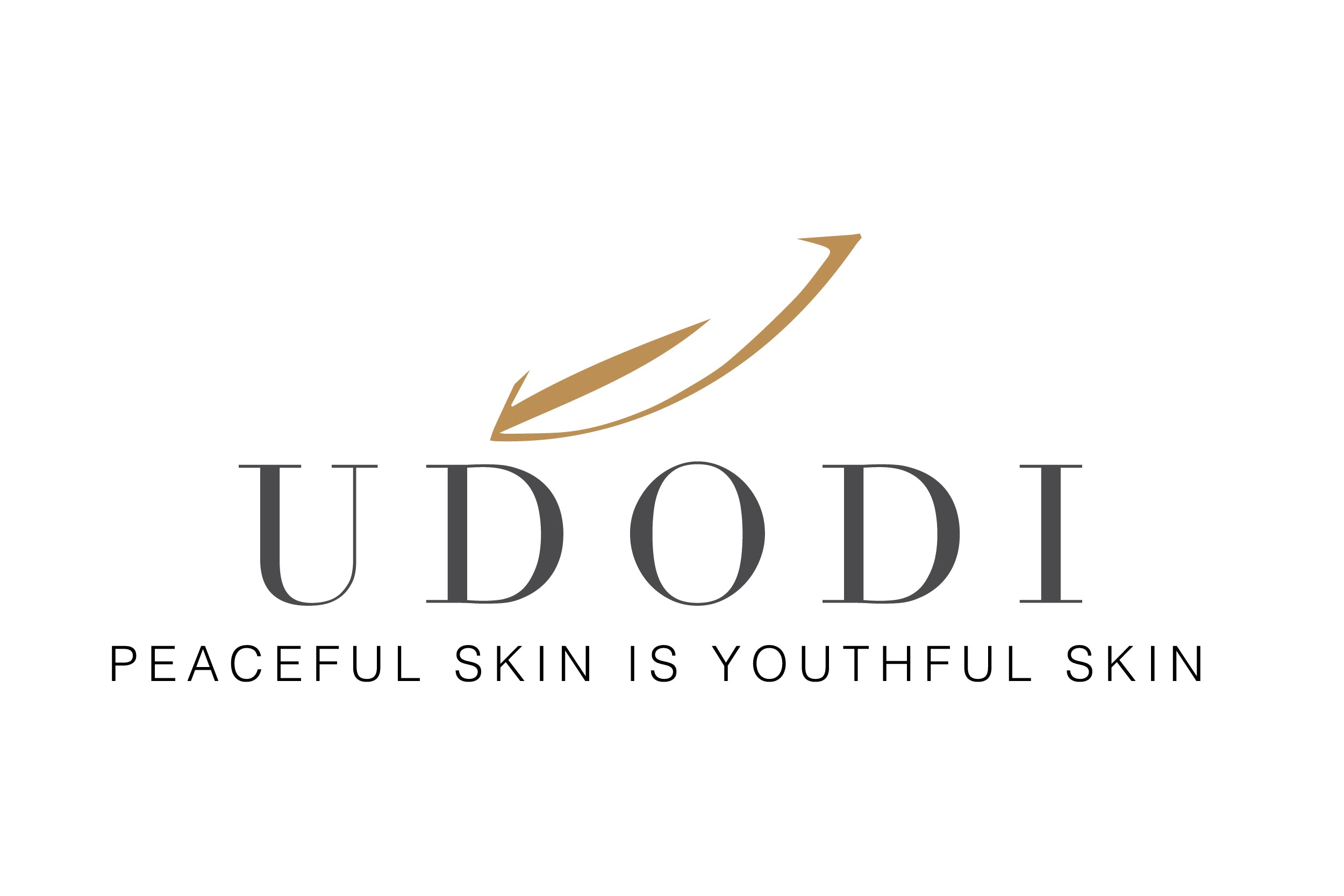Happy Acne Awareness Month!
Approximately 9.4% of the global population is affected by acne, making it one of the most common skin conditions worldwide.
When most people think of acne, they picture a teenager battling breakouts during puberty. What they don’t realize is, it can affect anyone—teenagers, adults in their 20s, 30s and beyond.
Acne develops when hair follicles become clogged with oil (sebum), dead skin cells, and sometimes bacteria. The original purpose of sebum (produced from the sebaceous glands) is to lubricate the skin but when produced in excess, it combines with dead skin cells and blocks the pores.
Hormonal changes, stress, diet, and skincare habits are some of the key contributors to acne.
It commonly appears as whiteheads, blackheads, and pimples, and in more severe cases, can develop into painful cysts that typically appear in areas such as the face, neck, chest, and back.
The best acne treatment depends on your skin type, acne severity, and underlying causes like hormones or genetics.
Here are some effective treatments that will clear your skin and leave you with minimal scarring:
Professional Treatments
- Chemical Peels:
|
Chemical peels are skin-resurfacing treatments that use acids to exfoliate the top layers of skin. They can effectively reduce acne by unclogging pores, and improve skin tone and texture—making them a popular option for both active breakouts and post-acne marks. |
-
Laser and Light Therapy: These therapies are gentle, non-invasive ways to tackle acne by getting rid of bacteria, soothing redness, and smoothing out your skin.
They have gained popularity over the period because there’s little to no downtime after. They are helpful if you’ve been struggling with stubborn or more serious breakouts
-
Drainage and Extraction:
|
Sometimes, acne cysts or large pimples can become painful and swollen. This procedure is performed by a trained professional who carefully opens and removes the pus or debris from deep, trapped acne lesions. |
Microneedling: Microneedling is a cosmetic treatment that involves pricking the skin with tiny, sterilised needles and it can be an effective treatment for acne.
Oral Medications
Oral antibiotics (such as Doxycycline, Minocycline) work by reducing bacteria and inflammation throughout the body, helping to clear moderate to severe acne.
These medications are typically prescribed for short-term use and are often combined with topical treatments to prevent the development of antibiotic resistance.
Hormonal treatments (such as birth control pills) help regulate the hormones responsible for excess oil production, which can trigger acne.
Topical Treatments
Benzoyl Peroxide is a widely used acne treatment that works by killing the bacteria (C. acnes) responsible for causing breakouts while also reducing inflammation.
Salicylic Acid, a type of beta hydroxy acid (BHA), exfoliates the skin inside the pores. By gently loosening dead skin cells and clearing out clogged pores, it helps prevent blackheads and whiteheads from forming.
Retinoids, such as adapalene and tretinoin, work by speeding up skin cell turnover, preventing pores from becoming blocked, and reducing inflammation.
Azelaic Acid offers a gentle yet powerful approach by reducing inflammation and killing acne-causing bacteria.
There’s no one-size-fits-all answer when it comes to treating acne—what works for one person might not work for another. The key is to be consistent, patient, and open to adjusting your routine as needed. When you see no results, it is best to seek professional help.

